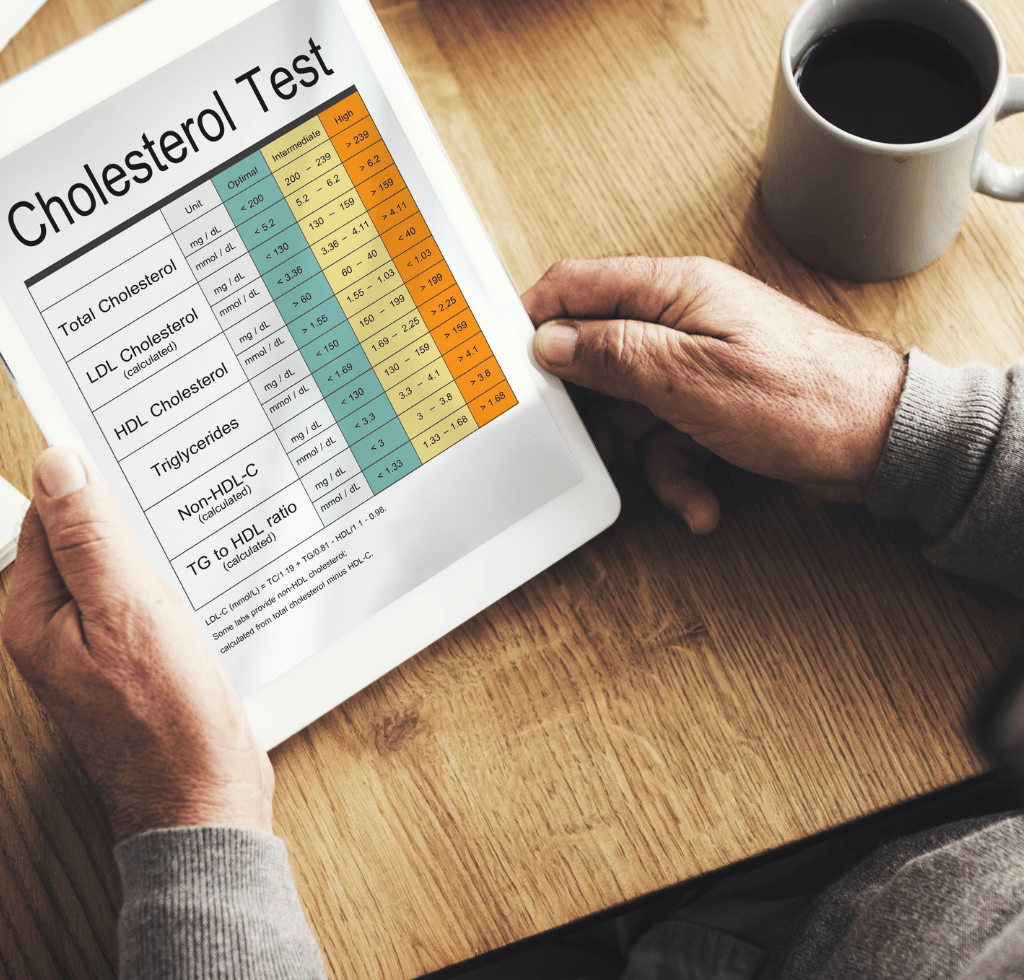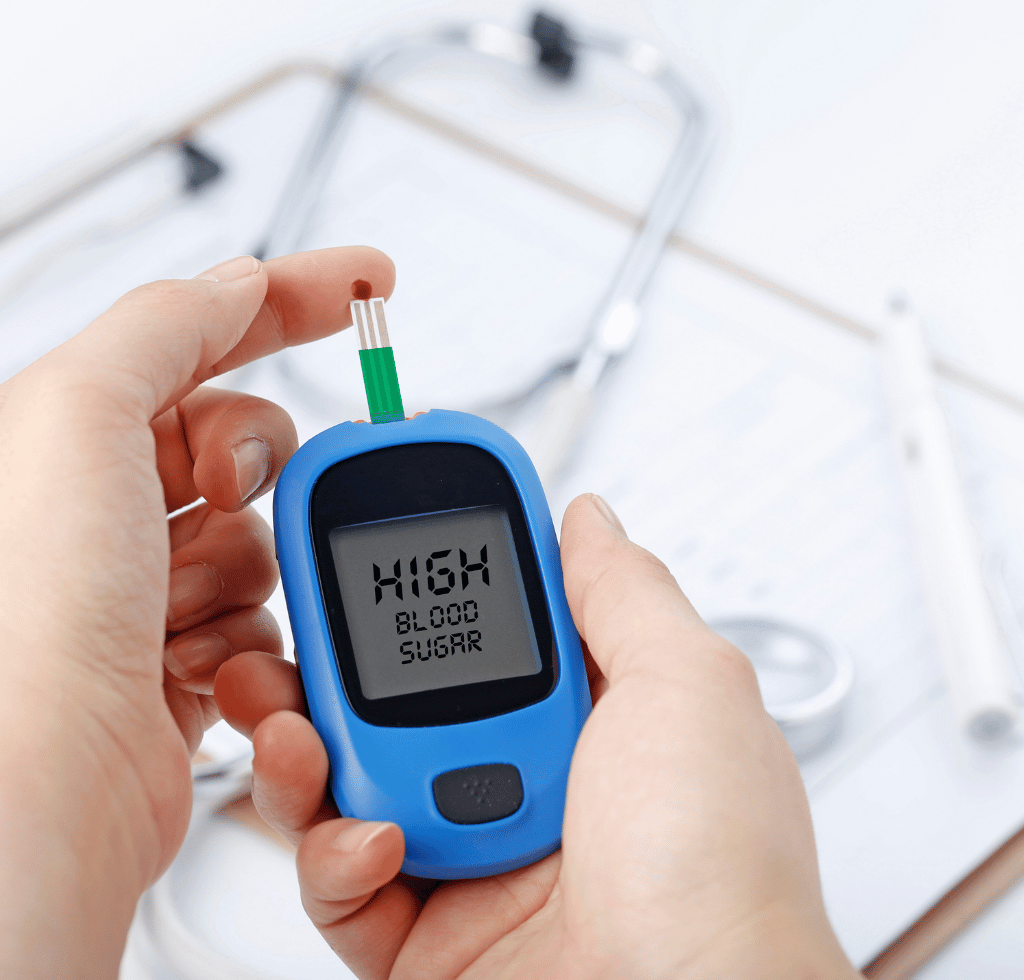As an enthusiast and advisor in the combat against heart disease, I have dedicated much of my time to understanding this silent threat that looms over countless lives. My journey into the heart of this matter has led me to some crucial insights that I believe could be life-saving. Heart disease doesn’t always announce its arrival with clear, loud symptoms. Often, it’s a shadow, moving silently and striking when least expected. That’s why being aware of its warning signs is so critical. It can make the difference between timely intervention and missed opportunities.
Understanding Heart Disease
Heart disease is a term that blankets a wide spectrum of cardiovascular issues. It’s a leading cause of death globally, but what makes it particularly insidious is its ability to develop quietly and often go unnoticed. When we talk about heart disease, we’re not referring to a single condition but rather a range of conditions that can affect your heart’s structure and functions. These include coronary artery disease (the most common type), arrhythmias (irregular heartbeats), heart infections, and congenital heart defects you’re born with.
The heart, a muscular organ about the size of a fist, plays a pivotal role in our body. It pumps blood throughout the body, supplying oxygen and nutrients to tissues and removing carbon dioxide and other wastes. When something goes wrong with this essential process, the entire system of the body can be thrown off balance.
In many cases, heart disease is a product of lifestyle choices and genetic predisposition. Factors like unhealthy diet, lack of exercise, smoking, and excessive alcohol use can significantly increase the risk of developing heart conditions. Moreover, family history plays a non-negligible role, making some individuals more prone to these conditions than others.
In the next sections, we’ll delve into the specific warning signs that you should be on the lookout for. These signs are the body’s way of signaling that something isn’t right, and recognizing them could save your life or the life of someone you love. Remember, when it comes to heart disease, being informed and alert is your best defense.
5. Elevated Blood Pressure Levels

In our exploration of the ‘5 Warning Signs That You May Have Heart Disease,’ elevated blood pressure levels take a critical spot at Number 5. Often termed the ‘silent killer,’ high blood pressure (hypertension) stealthily escalates heart disease risk, often without any immediate symptoms.
The Mechanics of Blood Pressure
Blood pressure is measured in millimeters of mercury (mmHg) and is represented by two numbers: the systolic (upper number) and diastolic (lower number). The systolic pressure reflects the force as your heart beats, pushing blood throughout the body. The diastolic pressure indicates the pressure in your arteries when your heart rests between beats. An ideal blood pressure reading is around 120/80 mmHg. Readings exceeding 130/80 mmHg signal hypertension.
The Prevalence and Impact of Hypertension
The scale of this issue is vast. According to the American Heart Association, nearly half of American adults have high blood pressure, many without knowing it. Globally, hypertension is responsible for more than 7.5 million deaths annually.
Triggers and Management of High Blood Pressure
Triggers for hypertension range from lifestyle choices like poor diet, lack of exercise, and smoking, to genetic predispositions. Remarkably, a healthier lifestyle can lead to substantial improvements. For instance, reducing salt intake and engaging in regular physical activity can lower blood pressure. Studies have shown that even a small weight loss of 5-10% of body weight can result in a reduction of systolic blood pressure by approximately 5 mmHg. Regular monitoring and lifestyle adjustments are key to managing blood pressure. With these steps, you can significantly reduce your heart disease risk.
4. Increased Levels of Harmful Cholesterol
Our fourth critical indicator is the silent but potent threat of increased levels of harmful cholesterol. Elevated LDL (low-density lipoprotein) cholesterol, known as ‘bad’ cholesterol, covertly deposits plaque in your arteries, a condition known as atherosclerosis.

Consequences of Elevated LDL Cholesterol
This plaque build-up can narrow and harden artery walls, leading to reduced blood flow and increasing the risk of heart attacks and strokes. The magnitude of this issue is significant. According to the American Heart Association, heart disease, often linked to high cholesterol, remains the leading cause of death in the United States, tragically claiming one life every 36 seconds.
Factors Contributing to High Cholesterol
But what elevates LDL cholesterol? Several factors contribute, including genetics, diet high in saturated and trans fats, obesity, physical inactivity, smoking, and certain health conditions such as diabetes. Even certain medications can influence cholesterol levels.
Managing High LDL Cholesterol
The insidious nature of high LDL cholesterol is that it doesn’t typically cause any symptoms; many people are unaware of their elevated levels until significant damage has occurred. The solution to managing high LDL cholesterol is indeed multifaceted. Diet plays a crucial role. Reducing intake of saturated fats, found in red meat and full-fat dairy products, and trans fats, often present in fried foods and baked goods, is vital. Incorporating more heart-healthy foods like fruits, vegetables, whole grains, and fatty fish can help lower cholesterol levels.
The Importance of Regular Exercise and Health Screenings
Regular physical activity is another key component. The Department of Health and Human Services recommends at least 150 minutes of moderate aerobic activity or 75 minutes of vigorous aerobic activity weekly, combined with muscle-strengthening exercises. Moreover, regular health screenings are crucial. The American College of Cardiology and the American Heart Association recommend cholesterol screenings every four to six years for adults aged 20 and older. For those with a family history of high cholesterol or heart disease, more frequent monitoring may be necessary.
3. Central Body Fat Accumulation

Central body fat accumulation, particularly around the abdominal area, is our third warning sign in the list of ‘5 Warning Signs That You May Have Heart Disease.’ This isn’t merely about aesthetic concerns; excess abdominal fat, especially visceral fat, poses serious health risks.
Metabolic Implications of Central Fat
Visceral fat is nestled around your vital organs like the liver, pancreas, and intestines and is highly metabolically active. It doesn’t just sit idly; instead, it actively secretes hormones and inflammatory substances that disrupt normal metabolic processes.
Associated Health Conditions
This disruption manifests in several ways. Visceral fat is closely linked to insulin resistance, a precursor to Type 2 diabetes. It alters how your body processes glucose, raising blood sugar levels and straining your pancreas. Additionally, this type of fat has been associated with increased blood pressure and dyslipidemia, abnormal amounts of lipids in the blood, further complicating heart health.
Prevalence and Measurement
According to the National Health and Nutrition Examination Survey, approximately 39% of American adults are classified as obese, with a significant number presenting with abdominal obesity. Identifying abdominal obesity can be done through measuring the waist-to-hip ratio, which is more accurate in assessing the risk of heart disease than the body mass index (BMI).
Lifestyle Changes for Management
Addressing central body fat accumulation involves dietary changes, focusing on a balanced diet rich in fruits, vegetables, whole grains, and lean proteins. Physical activity and stress management are equally important in managing this condition.
2. Raised Blood Glucose Levels
At number 2, we focus on raised blood glucose levels, a crucial and often overlooked indicator of heart disease. Elevated blood glucose, or hyperglycemia, is not only a red flag for diabetes but also a significant indicator of heart disease risk.

Diabetes and Heart Disease Connection
According to the American Diabetes Association, adults with diabetes have a two to fourfold increased risk of dying from heart disease compared to those without diabetes. High blood glucose levels, over time, can damage both your blood vessels and the nerves controlling your heart.
Causes and Consequences of Hyperglycemia
Blood glucose typically rises due to the body struggling to use or produce insulin effectively, leading to prediabetes and potentially escalating to Type 2 diabetes. High blood glucose also plays a key role in the development of atherosclerosis, where blood vessels stiffen and narrow, increasing the risk of heart attack and stroke.
Prevalence and Monitoring
Over 34 million Americans, or roughly 10% of the population, have diabetes, with many more in the prediabetes stage. This highlights the importance of regular blood sugar monitoring for everyone, not just those with diabetes.
Preventive Measures and Lifestyle Changes
Preventive measures include a diet rich in fiber and low in processed sugars, coupled with regular physical activity. For those with elevated blood sugar, lifestyle modifications, possibly alongside medications, may be necessary. Incorporating whole grains, fruits, vegetables, and regular aerobic exercises can significantly improve blood glucose levels. A study in the ‘Journal of the American Heart Association’ found that moderate exercise can lower the risk of developing Type 2 diabetes by up to 58%.
1. Unusual Physical Symptoms

As we reach the pinnacle of our list, we encounter the most elusive yet telling sign: unusual physical symptoms. Heart disease often cloaks itself not with overt, unmistakable signals, but through subtle, easily overlooked symptoms. This can make early detection challenging yet crucial.
Variety of Atypical Symptoms
These symptoms can manifest in various ways, including atypical chest discomfort, inexplicable fatigue, episodes of light-headedness, or even shortness of breath. Sometimes, the signals are even more obscure, presenting as discomfort in areas like the arms, neck, jaw, or back.
Subtlety and Misleading Nature
While these symptoms may not immediately suggest a heart issue, they are often harbingers of underlying cardiac problems. The subtlety of these symptoms can be misleading, causing many individuals to overlook or underestimate their significance.
Gender Differences in Symptoms
A significant aspect of this issue is the gender difference in heart disease symptoms. A study in the Journal of the American Heart Association highlighted that women frequently exhibit different heart attack symptoms than men, such as nausea and pain in the back or jaw. This variation contributes to why women are often diagnosed later in the course of heart disease compared to men.
The Importance of Early Detection
The importance of being attuned to these unusual symptoms cannot be overstated. Early detection and treatment of heart disease can drastically improve survival rates. The American Heart Association found that early intervention following the onset of heart attack symptoms can increase survival chances by over 23%.
Vigilance and Communication with Healthcare Providers
It’s imperative not to dismiss these symptoms as trivial or unrelated to your heart. Regular check-ups and open dialogues with healthcare providers about any abnormal physical changes are crucial. They are not just precautionary measures; they could be lifesaving.
Proactive Steps for Heart Health
Recognizing and responding to these signs is about being vigilant and taking proactive steps towards safeguarding your heart health. Early detection and intervention serve as a lifeline to a healthier, longer life. Remember, when it comes to heart disease, the subtlest signs could be the most significant.
For more insights, watch this informative video:
Key Takeaways and Final Thoughts
As we conclude our exploration of the ‘5 Warning Signs That You May Have Heart Disease,’ it’s clear that awareness and attentiveness to our bodies play pivotal roles in early detection and prevention. Heart disease, often a silent and insidious enemy, reveals itself through various signs, from elevated blood pressure and harmful cholesterol levels to central body fat accumulation, raised blood glucose levels, and unusual physical symptoms. Each of these signs, though diverse in nature, underscores the same urgent message: the need for vigilance and proactive health management.
In essence, the journey to combating heart disease is a continuous one, marked by awareness, prevention, and proactive intervention. By recognizing and responding to these warning signs, we step forward into a future where heart health is not left to chance, but nurtured through informed, conscious choices.
FAQs
- Can lifestyle changes alone prevent heart disease?
While lifestyle changes like a healthy diet, regular exercise, and quitting smoking play a crucial role in preventing heart disease, they may not be sufficient for everyone. Genetic factors and existing health conditions also influence heart disease risk. Regular health screenings are essential for a comprehensive prevention strategy. - How often should I get my cholesterol levels checked?
The American Heart Association recommends that adults aged 20 or older should have their cholesterol checked every four to six years. However, if you have a family history of high cholesterol or heart disease, you might need to get it checked more frequently. - What are some early signs of diabetes that I should be aware of?
Early signs of diabetes include increased thirst and hunger, frequent urination, unexplained weight loss, fatigue, blurred vision, and slow-healing sores. If you notice any of these symptoms, consult a healthcare professional. - Is there a specific diet that’s best for heart health?
A heart-healthy diet is rich in fruits, vegetables, whole grains, and lean proteins. It’s low in saturated fats, trans fats, cholesterol, salt (sodium), and added sugars. Diets like the Mediterranean diet or the DASH (Dietary Approaches to Stop Hypertension) diet are often recommended for heart health. - Are heart disease symptoms different in women?
Yes, women may experience different heart disease symptoms than men. For example, women are more likely to have symptoms such as neck, jaw, shoulder, upper back, or abdominal discomfort, shortness of breath, pain in one or both arms, nausea or vomiting, sweating, lightheadedness or dizziness, and unusual fatigue. Awareness of these gender-specific symptoms can aid in earlier detection and treatment.





